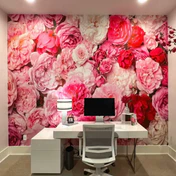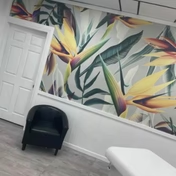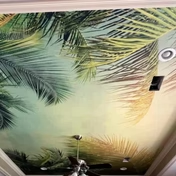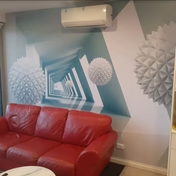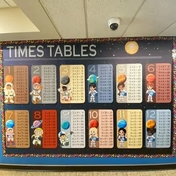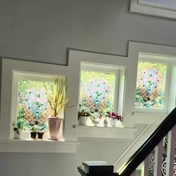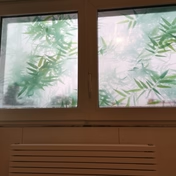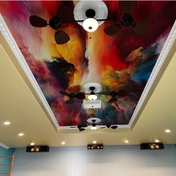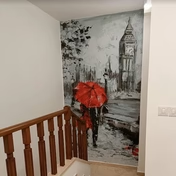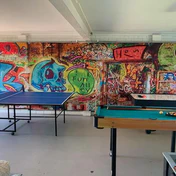A Complete Guide to Colour Basics: Part One
Colour defines so many aspects of the natural world. Even though humans only have the ability to see a limited portion of the colour spectrum, this spectrum has been vital in our evolution and survival, informing us about plant properties, weather conditions, poisonous animals and much more.
Throughout our evolution, we have also learned to use colour creatively for art, landscaping and interior design, whether for a town hall, religious temples, or in our homes.
Whether you are a professional or DIY interior designer, it is a good idea to reacquaint yourself with basic colour concepts. Below is part one of a complete two-part guide to colour basics. Read on to learn more.
Colour basics
While colour is a complex topic, we all generally remember the basic seven colours in the light-colour spectrum, which are the colours you find in a rainbow:
- Red
- Orange
- Yellow
- Green
- Blue
- Indigo, and
- Violet
A common acronym for remembering these seven basic colours is ROYGBIV, something you might remember from your school days.
Colour, however, is much more complicated than this basic formula. Below we'll start reviewing the principle terms regarding colours and their various categories before moving on to more basic colour concepts.
Primary colours
There are three primary colours in the colour spectrum that set a base for all other colours that we can perceive with our eyes. These colours are:
- Reds
- Yellows, and
- Blues
These colours can be mixed to create a gambit of other colours, generally referred to as secondary colours.
Secondary colours
Out of mixing these three primary colours, we find the secondary colours, which are oranges, purples and greens, which occur when two of the three primary colours cross over on a colour wheel.
The formula for secondary colours is as follows:
- Reds and yellows make oranges
- Reds and blues make purples, and
- Blues and yellows make greens
The cross-colour matrix of the primary and secondary colours makes up the tertiary colours within the colour spectrum.
Tertiary colours
As we cross over the matrix of primary and secondary colours, a range of six tertiary colours is created:
- Red-orange
- Yellow-orange
- Yellow-green
- Blue-green
- Blue-violet, and
- Red-violet
Armed with these basic colour terms, we will delve into some basic colour concepts that define different aspects of this basic colour spectrum.
Colour concepts
Colours have a spectrum within themselves, and these varying aspects of colours are generally described in the following way.
Tone
The tone of a colour refers to the brightness or deepness of a specific colour. Greys are often used to adjust the tone of a particular colour.
Shade
The shade, or 'hue', of a colour, refers to its lightness or darkness; for example, 'lighter shades of green' or 'darker shades of blue'. Black is often added to a colour to adjust its shade. The terms shade and tint are often used interchangeably; however, there is a subtle difference.
Tint
Although tint can often be an interchangeable term for shade, a tint is often used to describe lightening a colour tone. White is generally used to dilute the intensity or tint of a colour.
Create the perfect colour scheme every time with AJ Wallpaper
We hope you enjoyed part one of our complete two-part guide to colour basics. Make sure you stay tuned for part two, where we delve deeper into the world of colour. Why not get inspired with our colourful collection of 3D removable wallpaper? With over a million wallpaper designs, there is bound to be something for every taste and style.
Next →
← Previous











